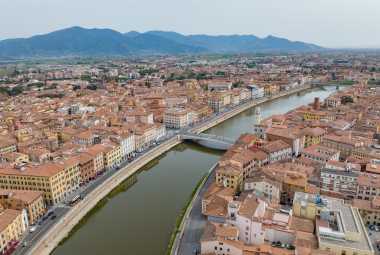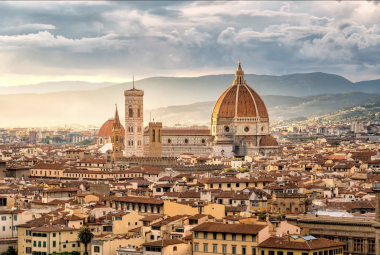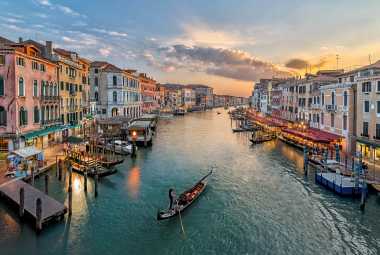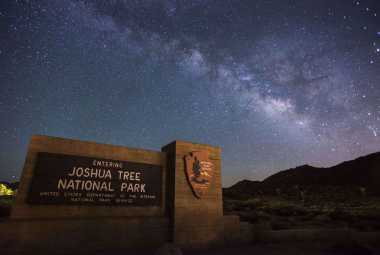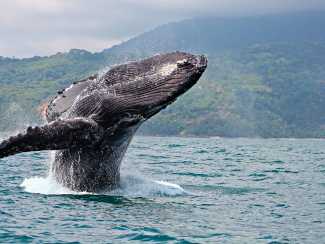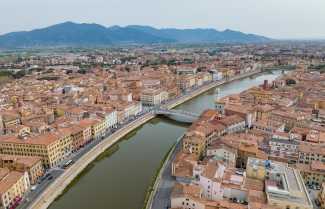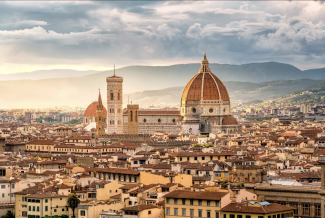Image by hayo.co
*Vacation Mode is a for-profit site. It contains paid banner advertisements that are generated and managed by a third-party network. This site also includes relevant affiliate links (both in the content and on the sidebar) all of which we do our best to clearly mark as such.
The world is filled with magnificent artifacts, historical landmarks, and natural wonders. Tourism has been pivotal in sharing these global treasures with the masses, but unfortunately, this foot traffic has led to unintended consequences. Tourists, whether due to negligence or sheer accident, have caused damage to priceless assets. Let’s explore some of the most invaluable assets that have felt the brunt of tourism and emphasize the importance of preserving them for future generations.
Venice: A Sinking Jewel
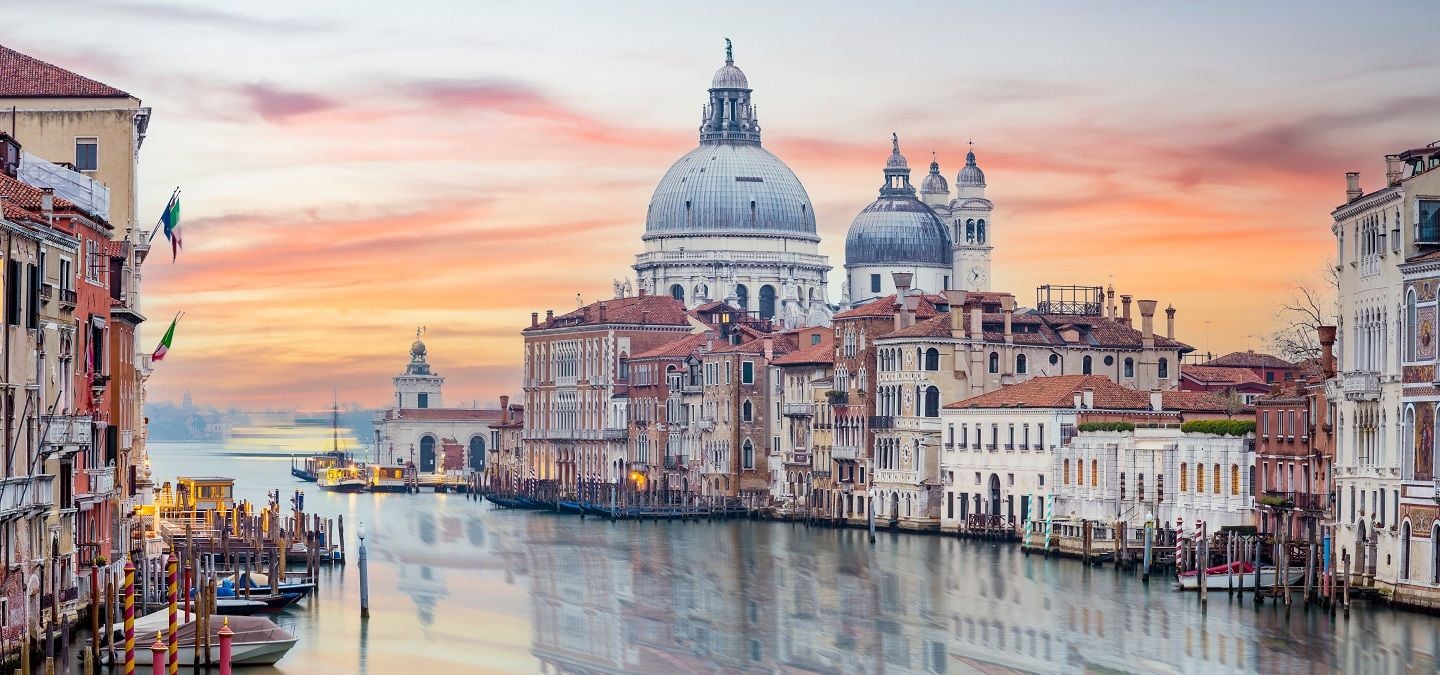
Venice, the romantic city of canals, is one of the most visited cities in the world. It's no surprise; its ethereal beauty has been the backdrop of countless movies, books, and dreams. However, it's drowning – both literally and metaphorically.
The city is sinking at a rate of 1-2mm a year. The influx of tourists, approximately 30 million annually, exacerbates this. The wake from the boats used to ferry these visitors erodes the city's wooden foundations, leading to increased flooding.
Recommendation: Restricting large boat traffic and focusing on sustainable tourism can help preserve this iconic city.
The White Temple of Thailand: A Stain on Sanctity

Wat Rong Khun, more commonly known as the White Temple, is a modern architectural marvel in Chiang Rai, Thailand. In recent years, a tourist accidentally broke a part of its ornate facade, which took considerable time and resources to repair.
Recommendation: Clear demarcation of areas that are off-limits and increasing awareness about the temple's fragility can help in its conservation.
The Colosseum: Wounded by Scribbles
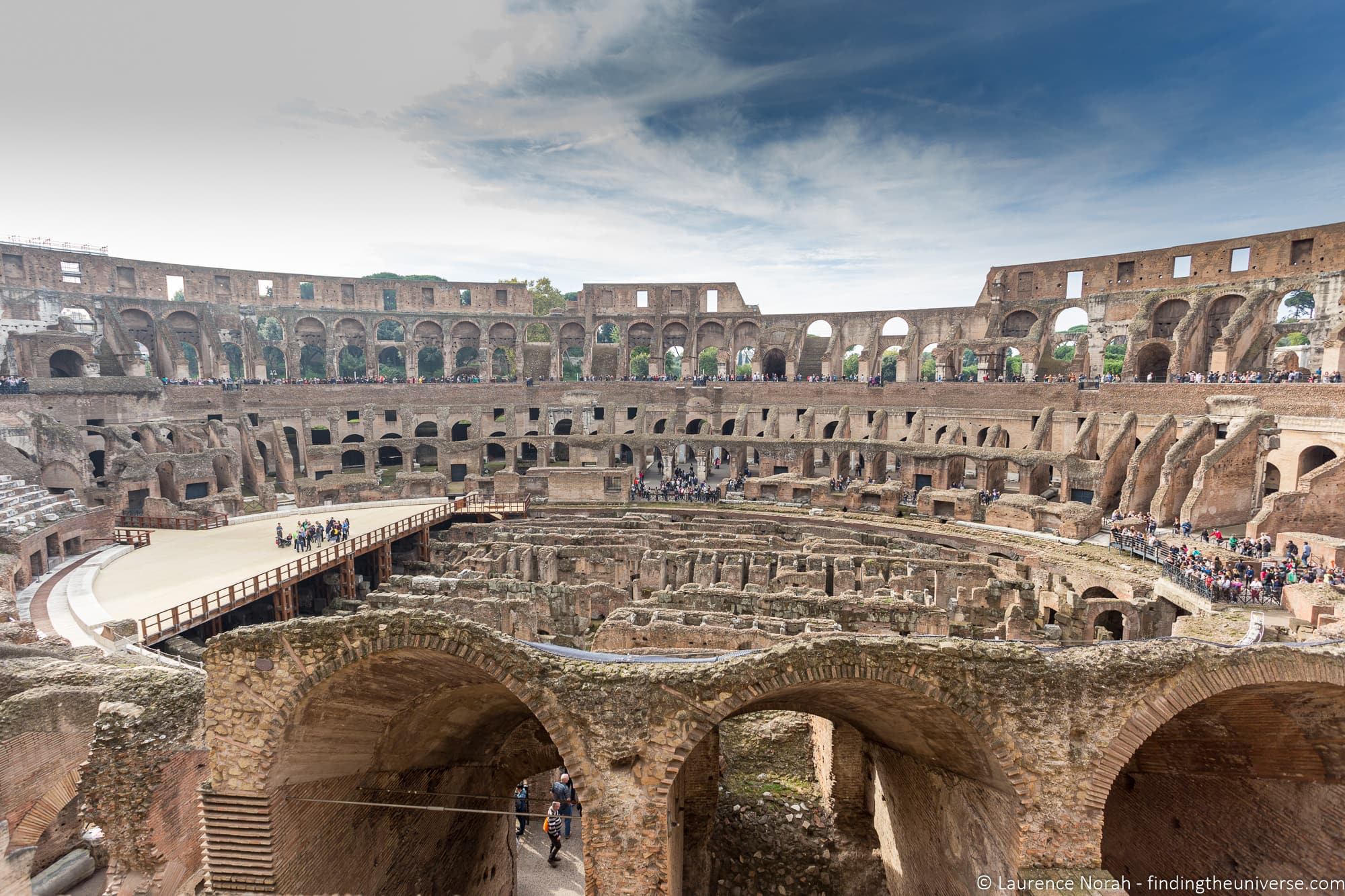
Rome's Colosseum, an iconic symbol of the Roman Empire's grandeur, has suffered its fair share of indignities over the centuries. A major one being tourists who, over the years, have defaced its ancient stones with graffiti and carvings.
Recommendation: Installing surveillance, hefty fines for defacement, and increased patrolling can deter such activities.
Great Wall of China: Eroding Underfoot
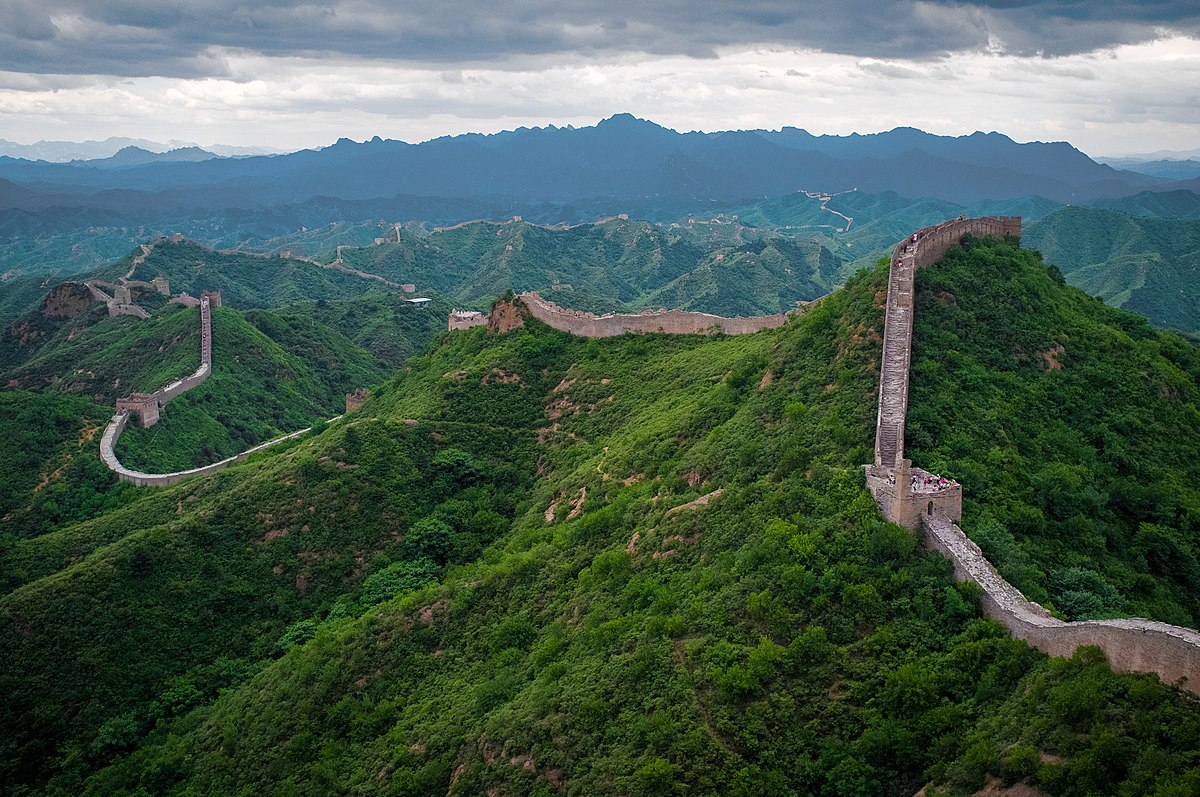
The Great Wall, stretching over 13,000 miles, is undeniably China's most recognizable landmark. However, the wall is not immune to the ravages of time and the footfalls of tourists. Numerous sections, particularly those near Beijing, have been eroded due to heavy tourism.
Recommendation: Diverting tourists to less frequented sections and investing in restoration projects can ensure its longevity.
Yellowstone National Park's Grand Prismatic Spring: A Colorful Mishap
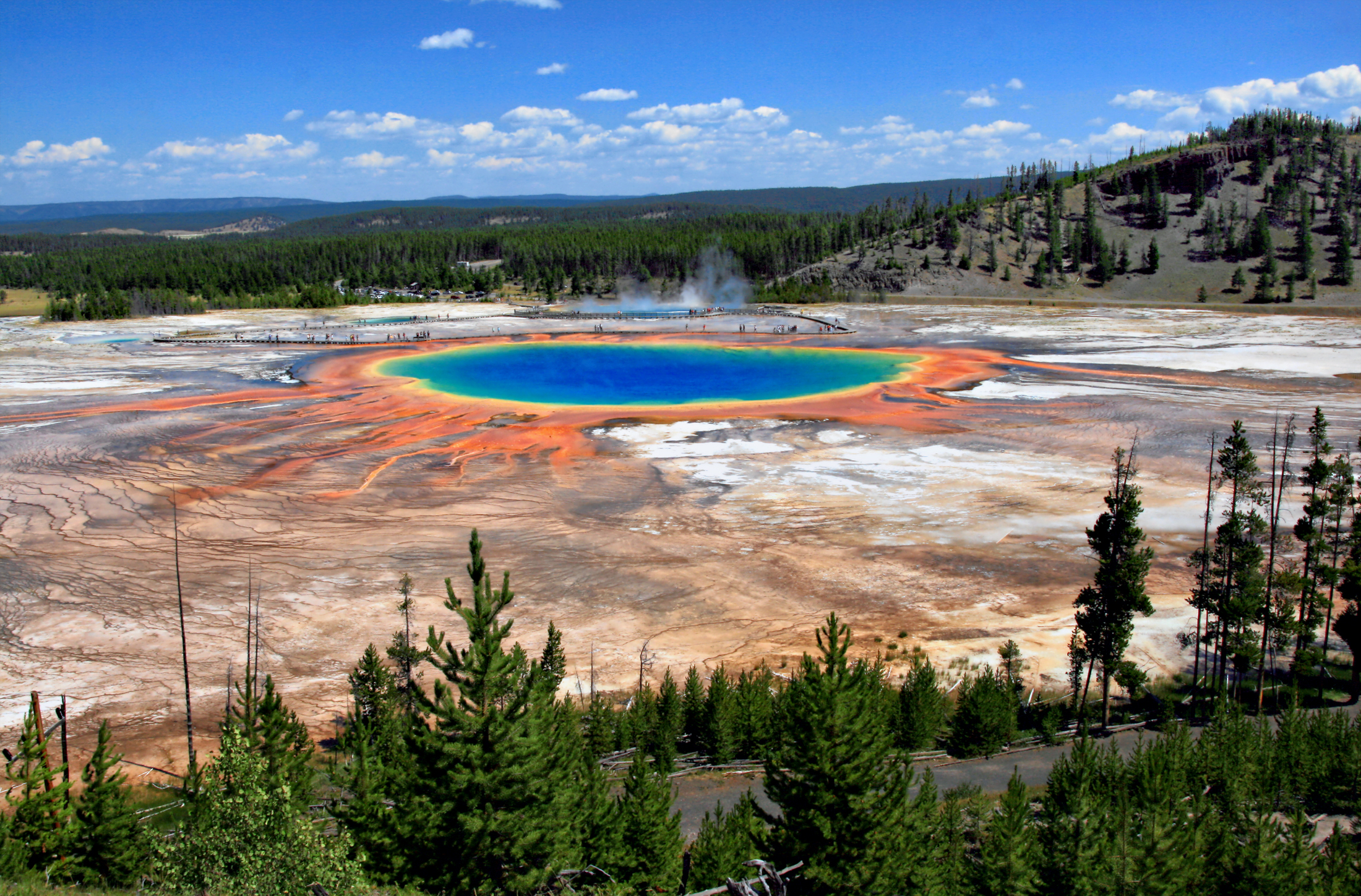
Yellowstone's Grand Prismatic Spring is a dazzling display of nature's artistry. A few years ago, tourists strayed off the designated boardwalk and damaged the sensitive bacterial mats that give the spring its radiant colors.
Recommendation: Improved signage, educating visitors about the spring's delicate ecosystem, and ensuring adherence to the rules can prevent future damage.
Preserving Our Shared Heritage: A Collective Responsibility
These examples, while being some of the most noteworthy, represent just the tip of the iceberg. The continuous flow of tourists has a significant impact on many landmarks across the globe. While tourism is essential for sharing and celebrating our shared human heritage, it's imperative to find a balance.
Our global treasures are not just remnants of the past; they are symbols of human achievements, creativity, and resilience. Each individual, as a potential tourist, carries the responsibility to respect and preserve them. Tourism industries, governments, and local communities need to collaborate to ensure the longevity of these landmarks.
By implementing and following sustainable tourism practices, we can ensure that future generations also get to witness the marvels that our world has to offer. In doing so, we not only preserve our history but also ensure that our future is richer and more informed.
The Cave Paintings of Lascaux: Art in Peril
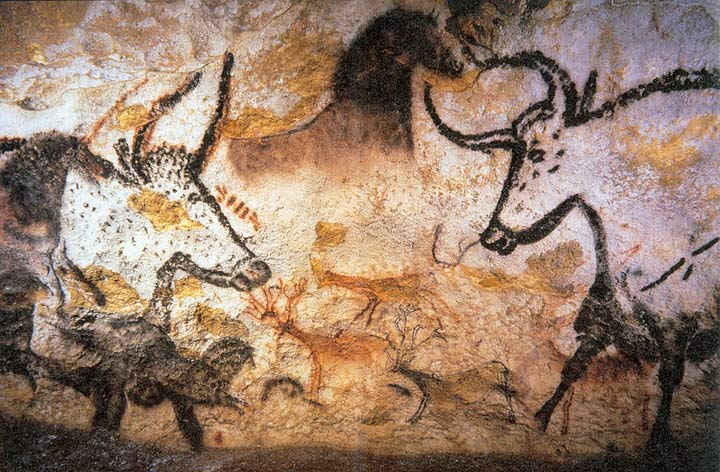
Located in southwestern France, the Lascaux caves boast intricate Paleolithic paintings that are estimated to be over 17,000 years old. These artworks provide invaluable insights into early human culture and artistry. However, since the caves were opened to the public, the art has faced threats from fungi and other microbes introduced by human visitors.
Recommendation: Regulate visitor numbers and maintain a controlled environment within the cave to mitigate microbial growth. The use of advanced technology, such as virtual reality, can provide an immersive experience without physical presence, ensuring the preservation of these ancient artworks.
Machu Picchu: The Wear of Popularity
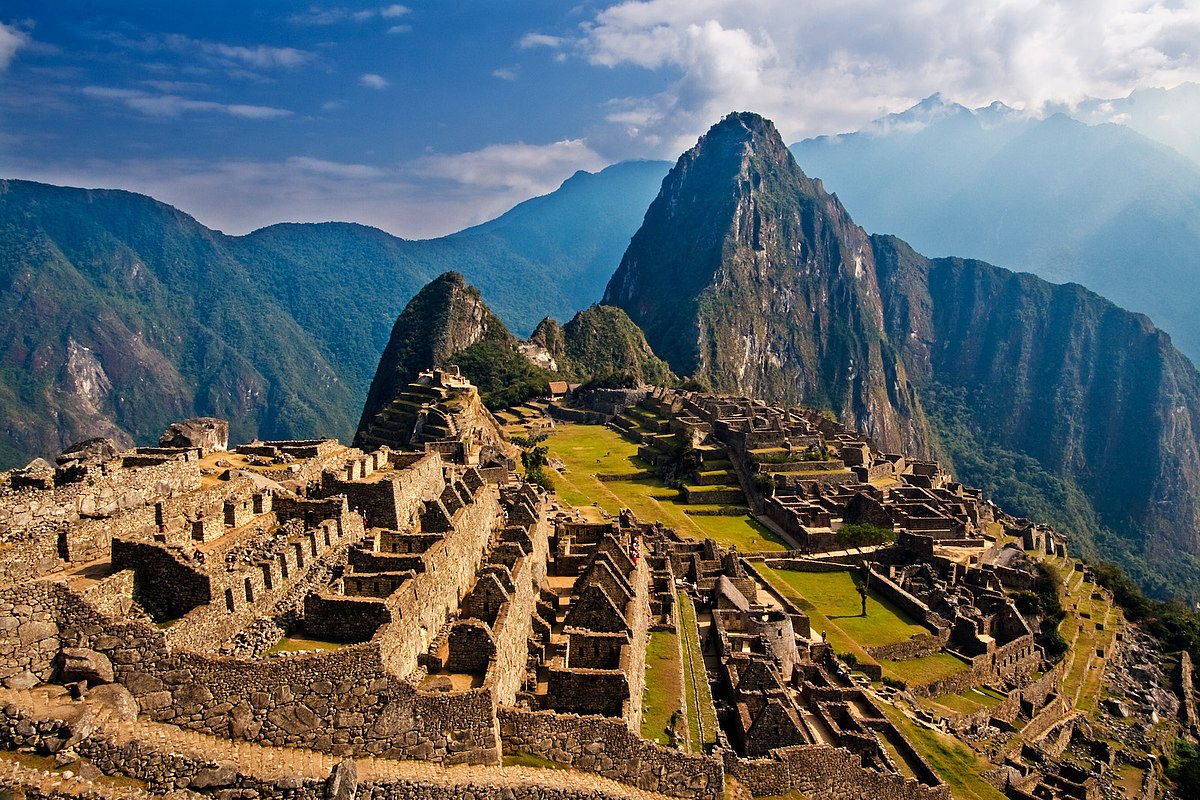
Machu Picchu, the iconic 15th-century Incan citadel located in the Andes Mountains of Peru, has seen a surge in tourists in recent decades. The vast number of visitors, often trekking the same paths, has led to significant erosion and wear on the ancient stones.
Recommendation: Introduce a rotational visiting system where different sections of the site are open on different days, allowing for rest and maintenance. Additionally, limit the daily number of visitors, ensuring a sustainable influx that respects the site's historical significance.
Stonehenge: Standing Against Time and Touch
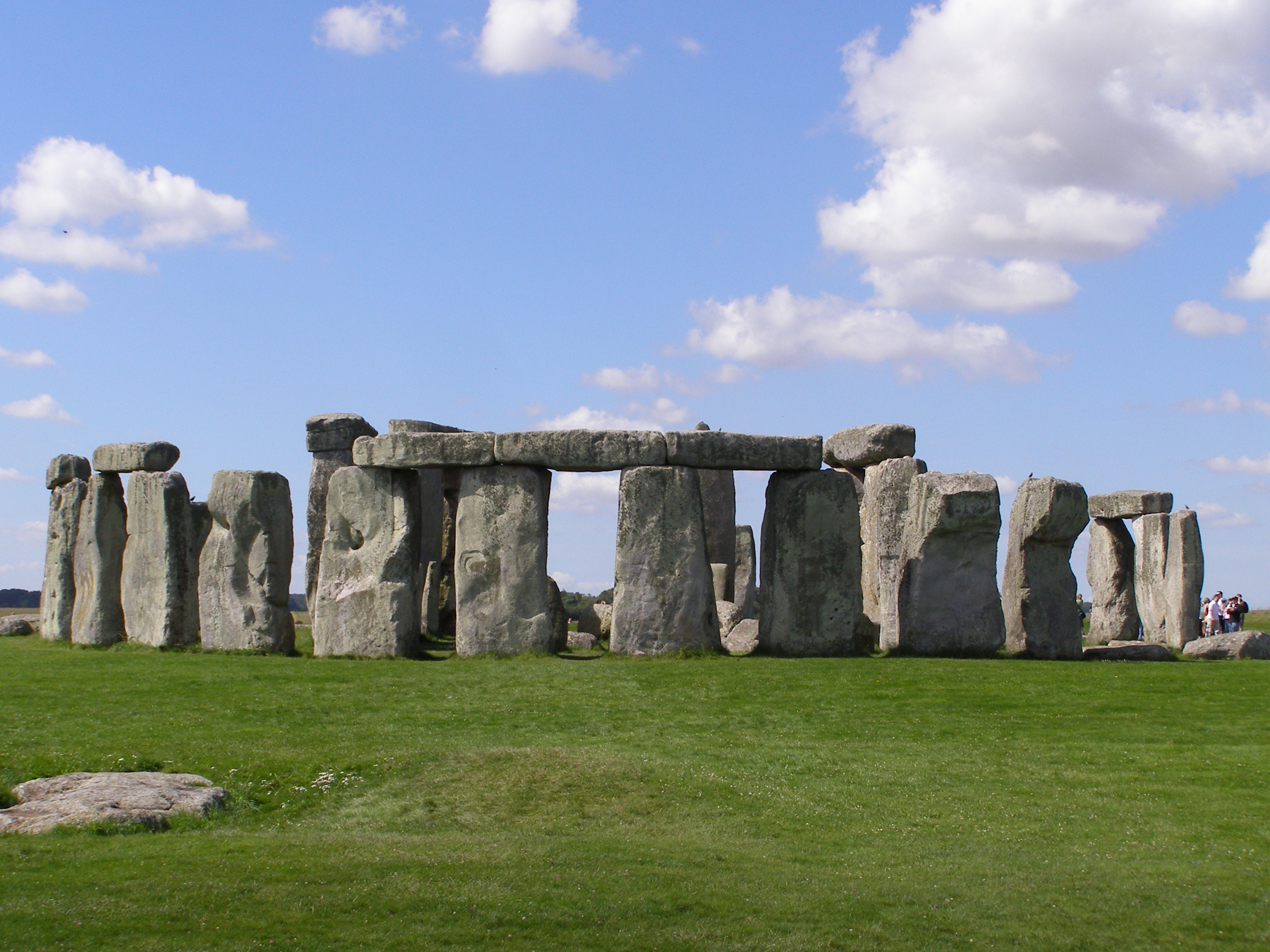
England's prehistoric monument, Stonehenge, has long been a subject of fascination. As one of the world's most famous landmarks, it draws millions of tourists yearly. Over time, the touch of countless hands and exposure to elements has started to wear down the stones' surfaces.
Recommendation: Create a buffer zone around the monument, allowing visitors to view it from a distance without direct contact. This preserves the monument's integrity while still providing an enriching experience.
Petra, Jordan: The Rose-Red City Under Pressure
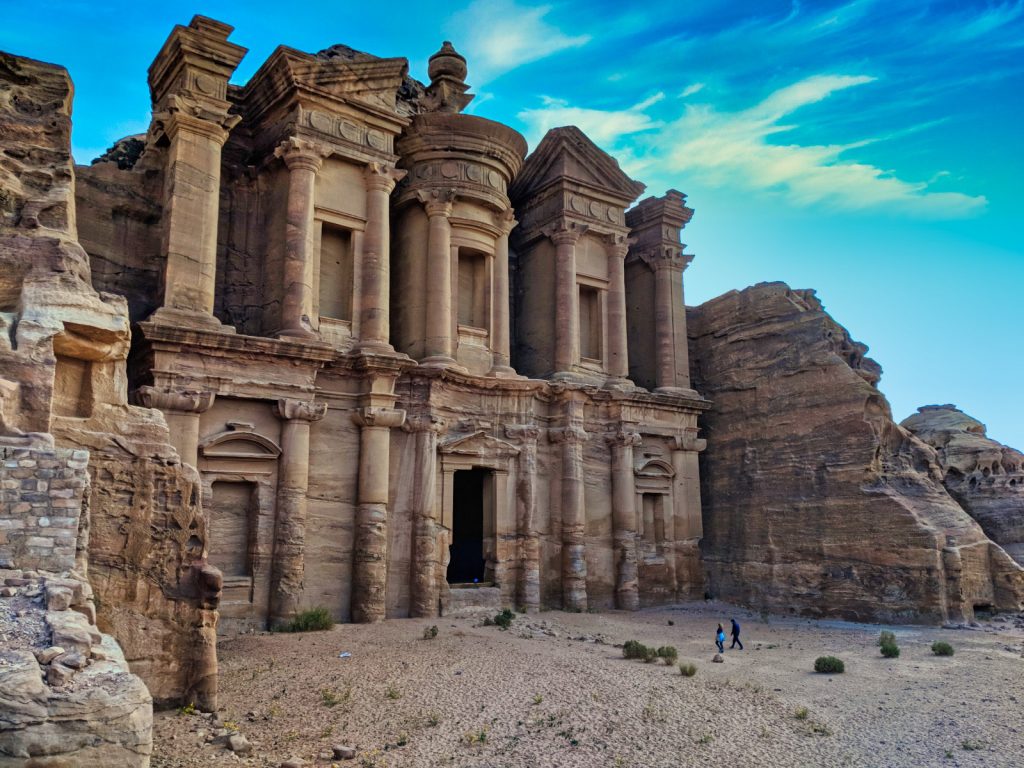
Petra, known as the Rose-Red City due to its pink-hued rock architecture, is an archaeological wonder in Jordan. Yet, its popularity has brought with it concerns about erosion caused by both natural elements and the impact of tourism.
Recommendation: Enhance protective measures against weathering, while educating visitors about responsible tourism. Offering guided tours can also help control the foot traffic flow, ensuring lesser damage to vulnerable areas.
Conclusion: Treading Lightly on the World's Wonders
Our planet's historical and natural landmarks offer windows into the past, insights into diverse cultures, and awe-inspiring views of nature's grandeur. As guardians of these treasures, it falls upon us, both as individuals and as a collective society, to ensure they stand the test of time.
Through conscious decisions, like adhering to guidelines and respecting boundaries, every visitor plays a role in the conservation process. Together, we can ensure these marvels continue to inspire and educate for generations to come.


